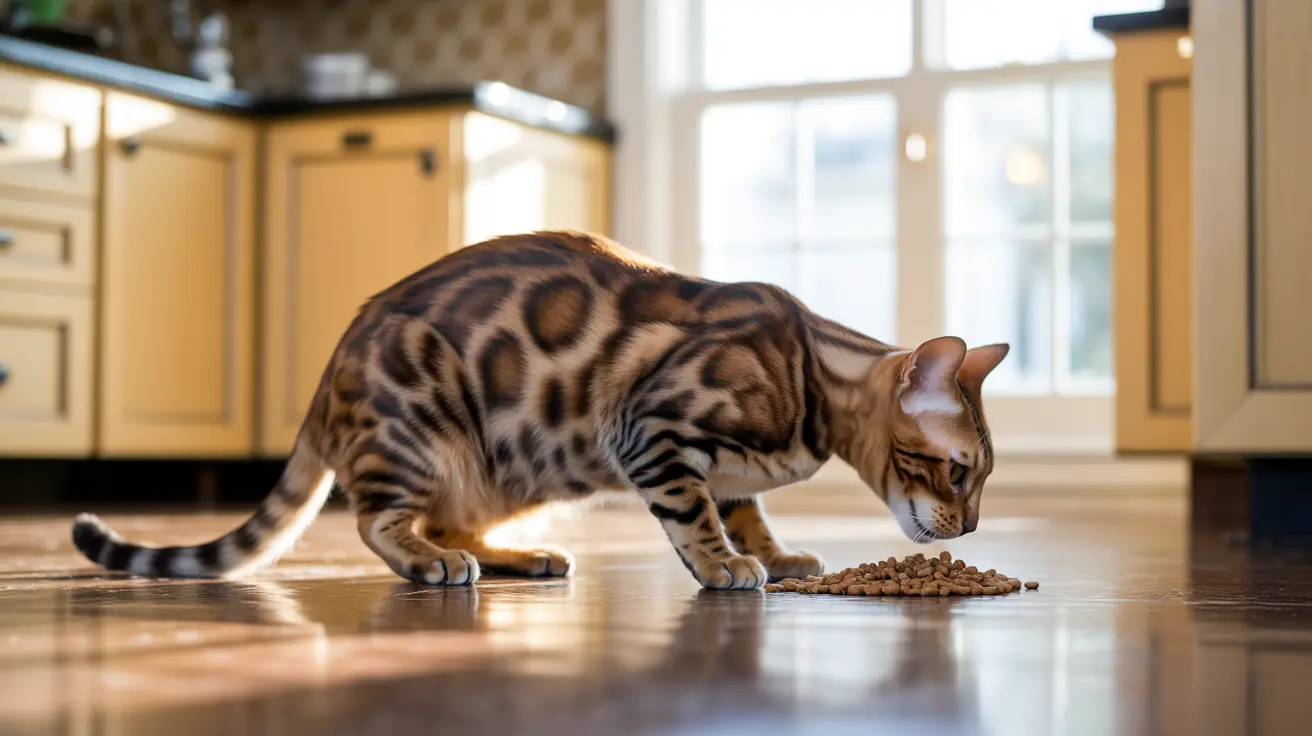How to Tell If Your Cat Is a Sokoke
The Sokoke, also known as the Sokoke Forest Cat or African Shorthair, is a rare cat breed originating from the Arabuko Sokoke National Forest in Kenya. Known for their wild appearance, intelligence, and friendly nature, Sokokes are often mistaken for other tabby breeds. Here's how to identify a Sokoke cat.
1. Examine the Coat Pattern and Texture
- Ticked or modified classic tabby coat: Their coat is often compared to tree bark, exhibiting a natural camouflage known as the "wood grain" appearance.
- Short and glossy fur: The coat lies close to the body and is coarse but shiny, with very little or no undercoat.
- Color variants: Most Sokokes are brown tabbies, but a rare snow variant shows a pale body with darker points.
2. Observe the Body Structure
- Lean, athletic build: Sokokes are medium-sized, muscular, and have a leggy appearance.
- Longer hind legs: This results in a unique, high-stepping gait similar to walking on tiptoe.
- Tail: Medium-long, tapering to a narrow whip-like tip.
- Weight: Typically ranges between 5–10 pounds.
3. Look at the Face and Eyes
- Head shape: A modified wedge shape with high cheekbones and a broad nose.
- Eyes: Almond-shaped, with colors ranging from greenish amber to blue (especially in the snow variant).
- Ears: Large, upright, and alert-looking.
4. Analyze Your Cat’s Behavior and Personality
Sokokes are highly intelligent and social cats. Their behaviors often include:
- Dog-like loyalty: They bond strongly with their humans and often greet visitors with curiosity.
- High activity level: Enjoy climbing, interactive play, and mental stimulation.
- Affectionate but independent: While sociable, they appreciate occasional alone time.
- Compatibility: Generally get along with other pets and children, but may chase small animals due to hunting instincts.
5. Consider the History and Rarity
Sokokes are one of the rarest cat breeds, with only around 100 known individuals worldwide. Originating from feral cats known locally as khadzonzo in Kenya, they were first domesticated by Jeni Slater in 1978. They have since been recognized by several major cat registries, including:
- FIFe (Fédération Internationale Féline)
- GCCF (Governing Council of the Cat Fancy)
- TICA (The International Cat Association)
- Canadian Cat Association
6. Health and Grooming
- Robust health: Sokokes are generally free from breed-specific genetic conditions.
- Minimal grooming needs: Weekly brushing is sufficient due to the short coat.
- Warm climate preference: Being native to Kenya, they may seek heat sources in colder regions.
- Routine care: Nail trimming, ear cleaning, and dental maintenance are standard.
7. Breeding and Reproduction Patterns
- Sexual maturity: Typically reached between 8–10 months of age.
- Breeding frequency: Females usually have 1–2 litters per year.
- Parental involvement: Males have shown occasional roles in kitten care.
8. Confirm with a Professional
If you suspect your cat might be a Sokoke, it's best to consult a professional:
- Veterinarian: Can provide insights based on physical traits and behavior.
- Genetic testing: Some labs offer feline breed identification through DNA testing.
- Breed clubs: Reaching out to Sokoke breeders or associations can provide guidance and verification.
In Summary
A Sokoke cat's exotic appearance, ticked tabby coat, and athletic build make it a uniquely appealing companion. However, identifying one requires examining a range of traits—from physical features to personality. If your cat fits many of these characteristics, it could be a rare gem among felines. Always consult with professionals for confirmation and explore adopting responsibly if you're considering adding a Sokoke to your family.





